Excessive Groundwater Pumping is Cracking Open the American Southwest
The US is facing yet another crisis: The country is running out of groundwater, and the over-pumping of water is creating hundred-mile-long fissures that endanger the lives and homes of thousands of residents.
Although the giant fissures across the Southwestern US have been occurring for some time, the increased rate at which they are now appearing is causing immense concern among researchers.
What Is Groundwater Pumping?
Before understanding the problem at hand, it’s crucial to first fully grasp what groundwater is and why it’s being pumped.
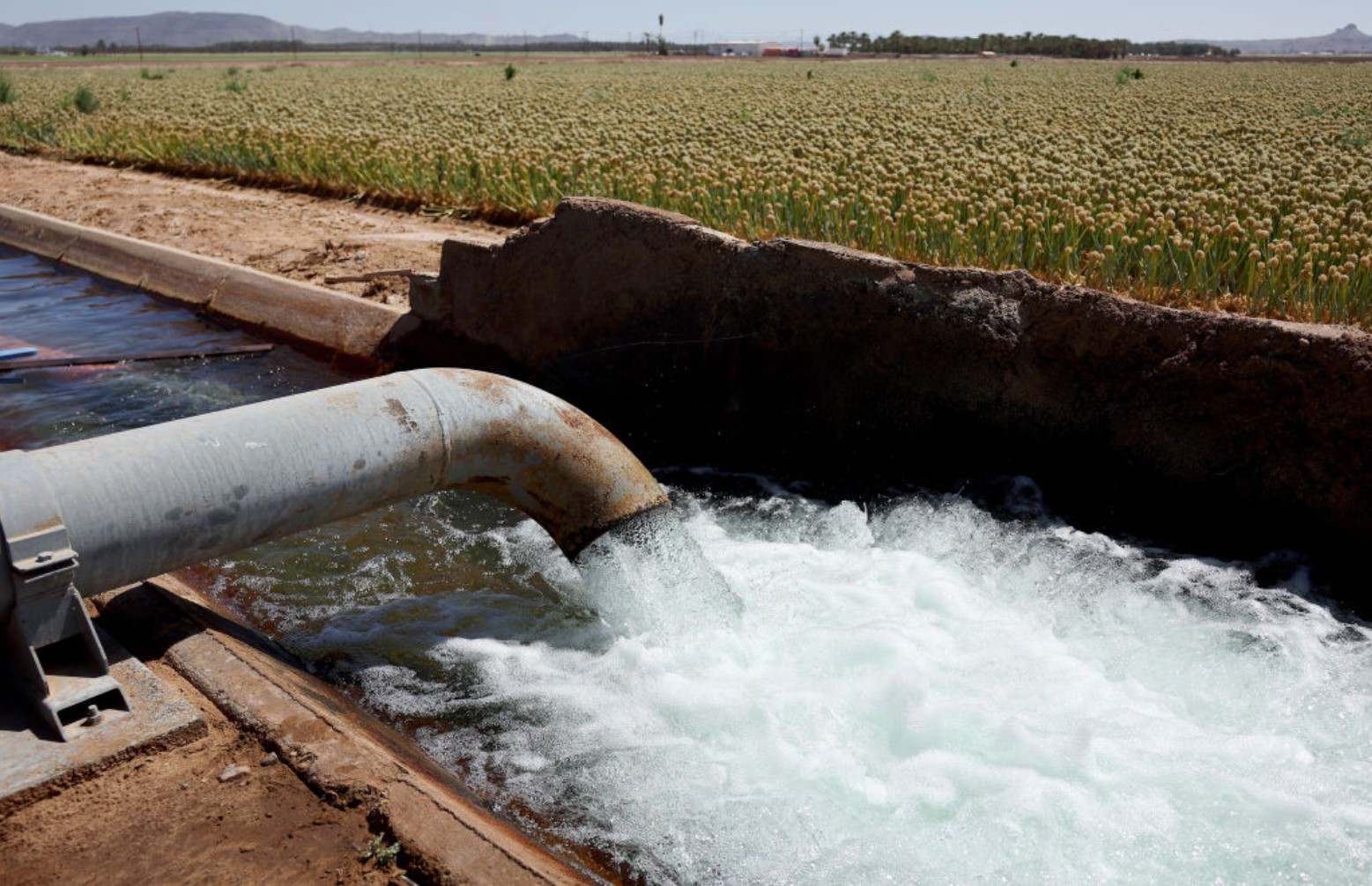
Source: Mario Tama/Getty Images
Essentially, there is a large amount of freshwater sitting beneath the Earth’s surface, and it is pumped in order to provide clean water to homes, businesses, and farms around the country and the world. In fact, today groundwater is used for half of all drinking water and 40% of the planet’s irrigation.
Lack of Underground Water Leads to Cracks in Earth’s Surface
However, there is not an unlimited supply of groundwater. And by overpumping and removing too much of it before it can be replenished naturally by rainfall, humans are causing giant fissures along the surface.
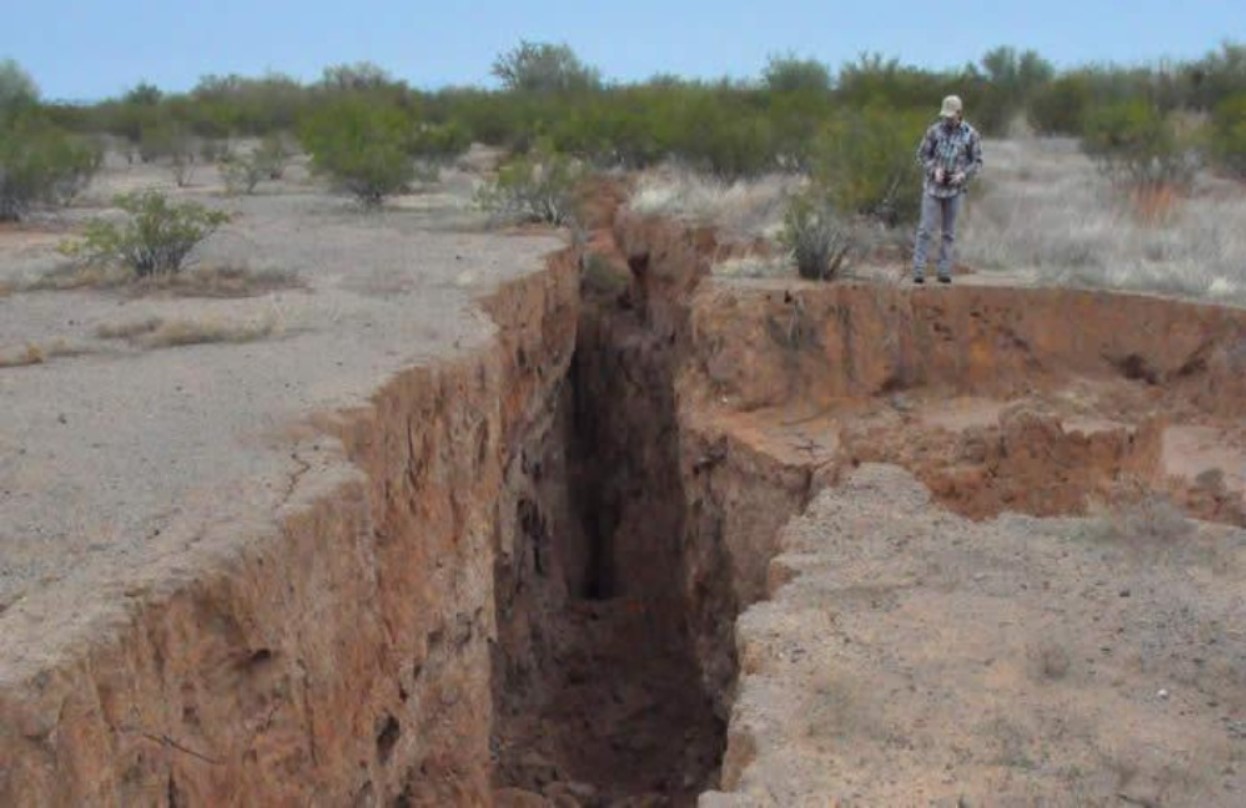
Source: Arizona Department of Water Resources
The fissures are giant cracks that form when the Earth sags due to a lack of groundwater, and they can cause massive holes as they continue to split deep down into the planet.
Fissures Don’t Occur Naturally
Joseph Cook, researcher at the Arizona Geological Survey, wants the world to know that humans only have themselves to blame for this growing problem.
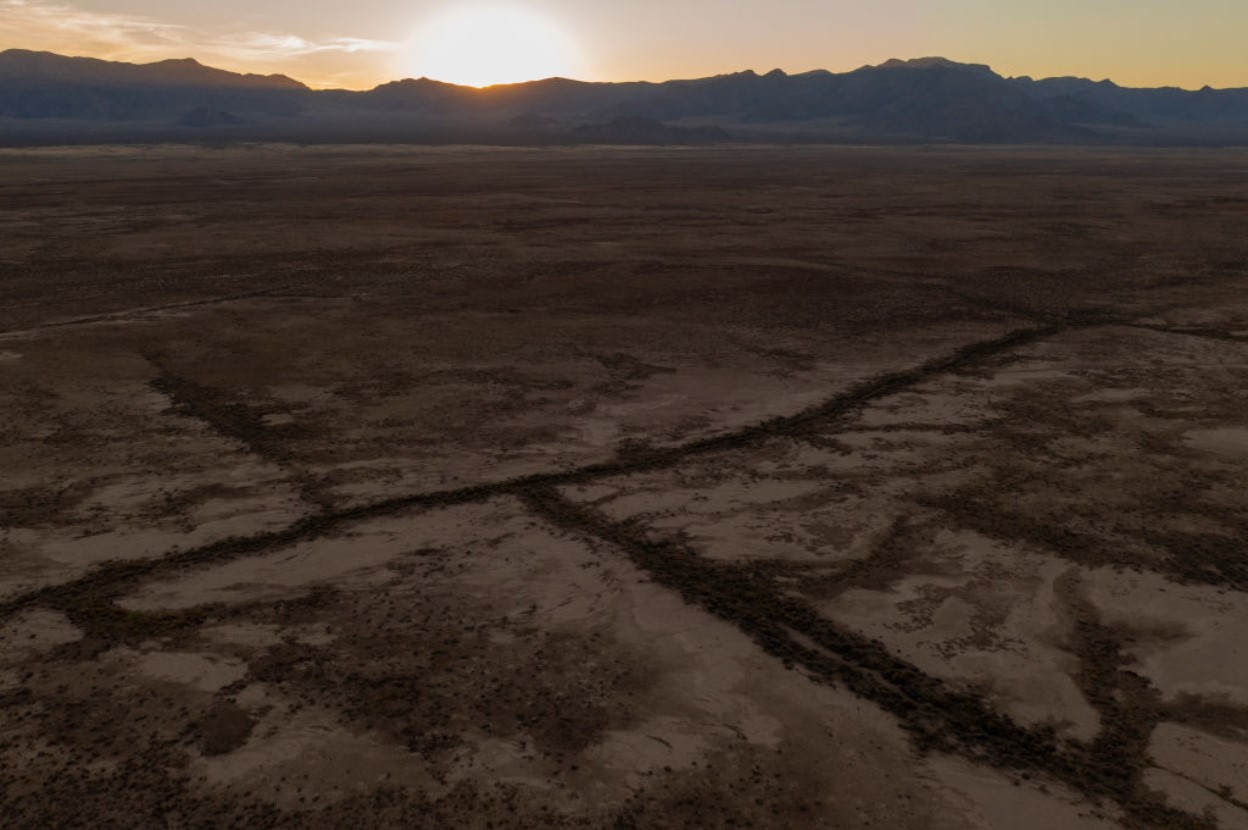
Source: David McNew/Getty Images
He told the media that fissures “are not a naturally occurring thing. It’s something we’ve caused to form.” And if we don’t do something about it, they’re only going to get worse.
The Dangers of Fissures
The fissures themselves pose a huge threat to safety. They can cause extreme damage to the land, as well as roads, canals, and dams.
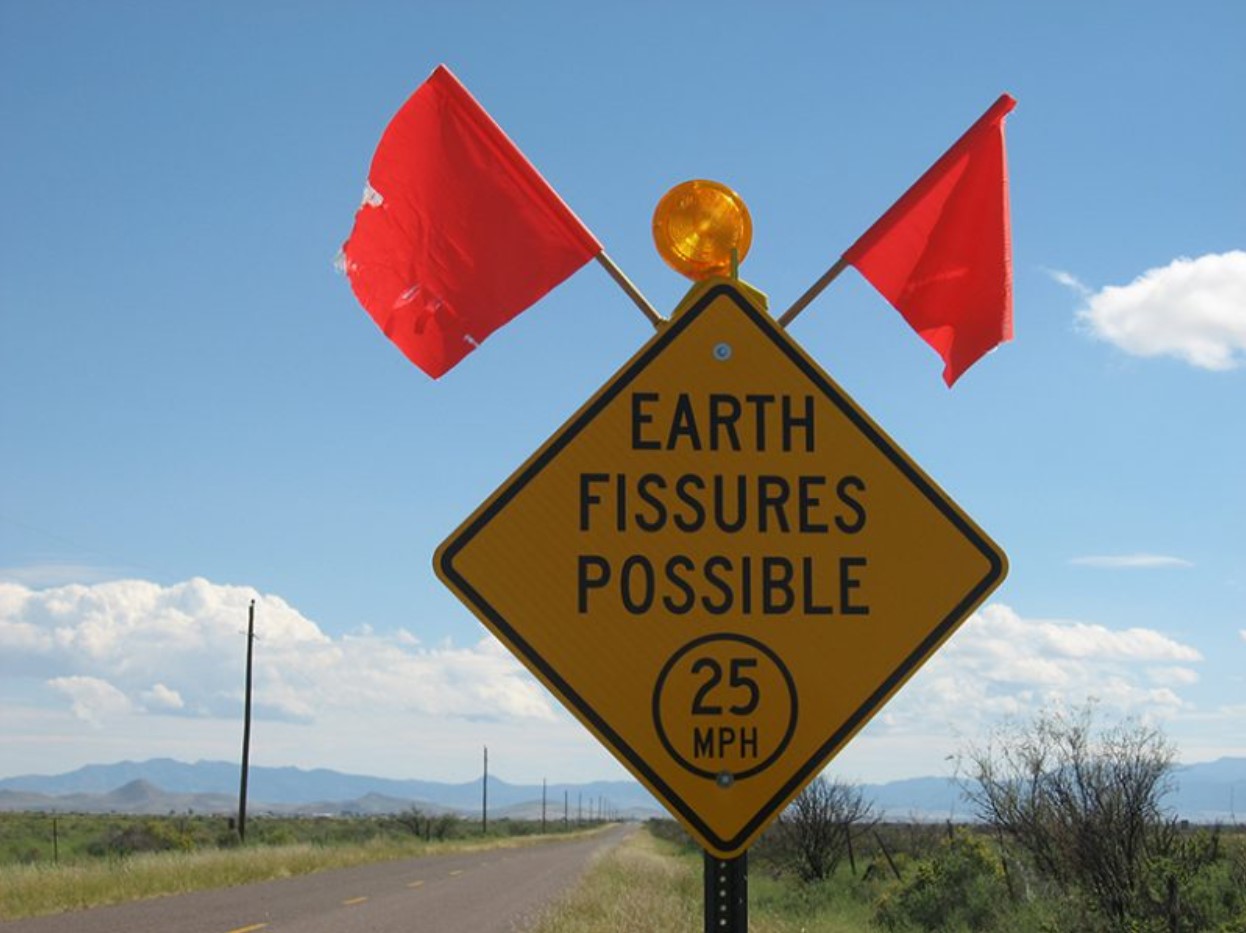
Source: The University of Arizona Geological Survey
And, of course, these giant cracks in the Earth’s surface can happen at any time, which makes them dangerous for people in their homes or on the road and for livestock and crops. Growing fissures are also decreasing property value in certain areas of the Southwest, especially in Arizona.
Giant Fissures Plaguing Arizona
Arizona has been aware of this issue for some time as the state has seen more fissures than any other in the country.
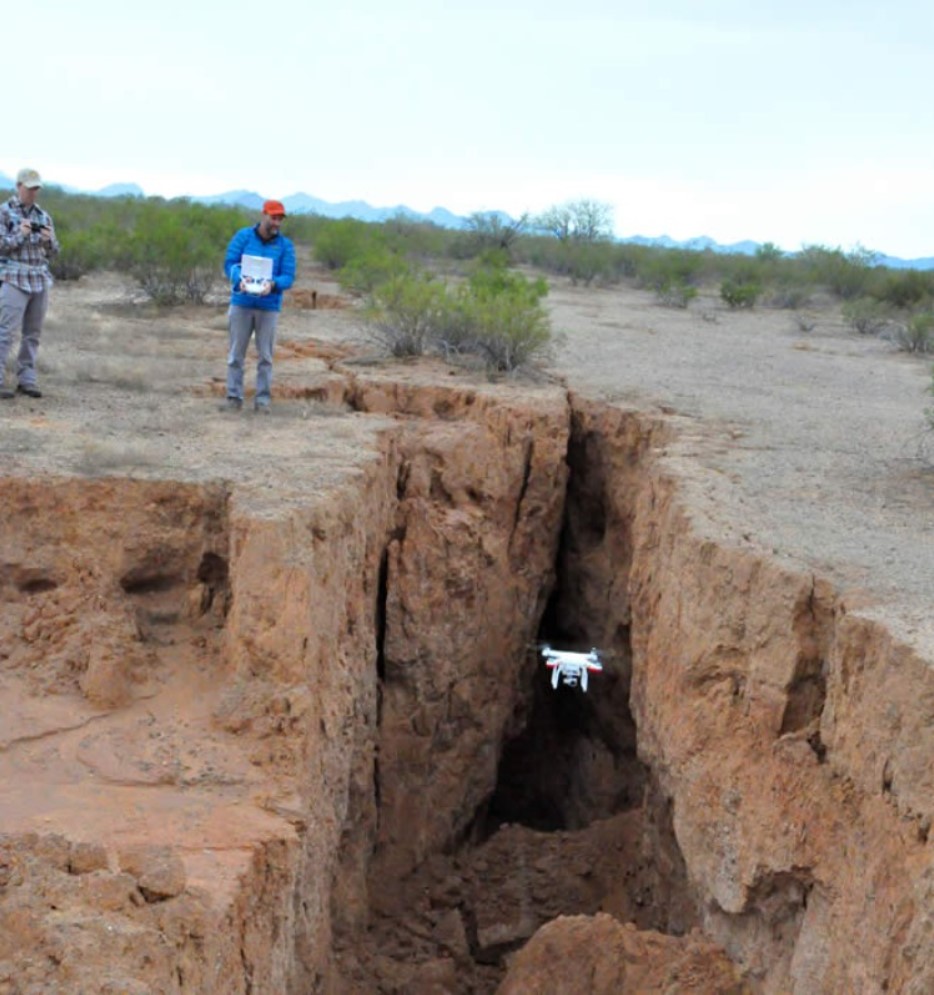
Source: Arizona Department of Water Resources
There are currently 169 miles of fissures in Arizona alone, and while the state has been monitoring their growth since 2002, they can’t seem to solve the problem—the cracks are only getting worse.
What Is Causing Over-Pumping?
It’s also vital to understand exactly why over-pumping is happening, even though it’s now understood to cause the Earth’s surface to sink.
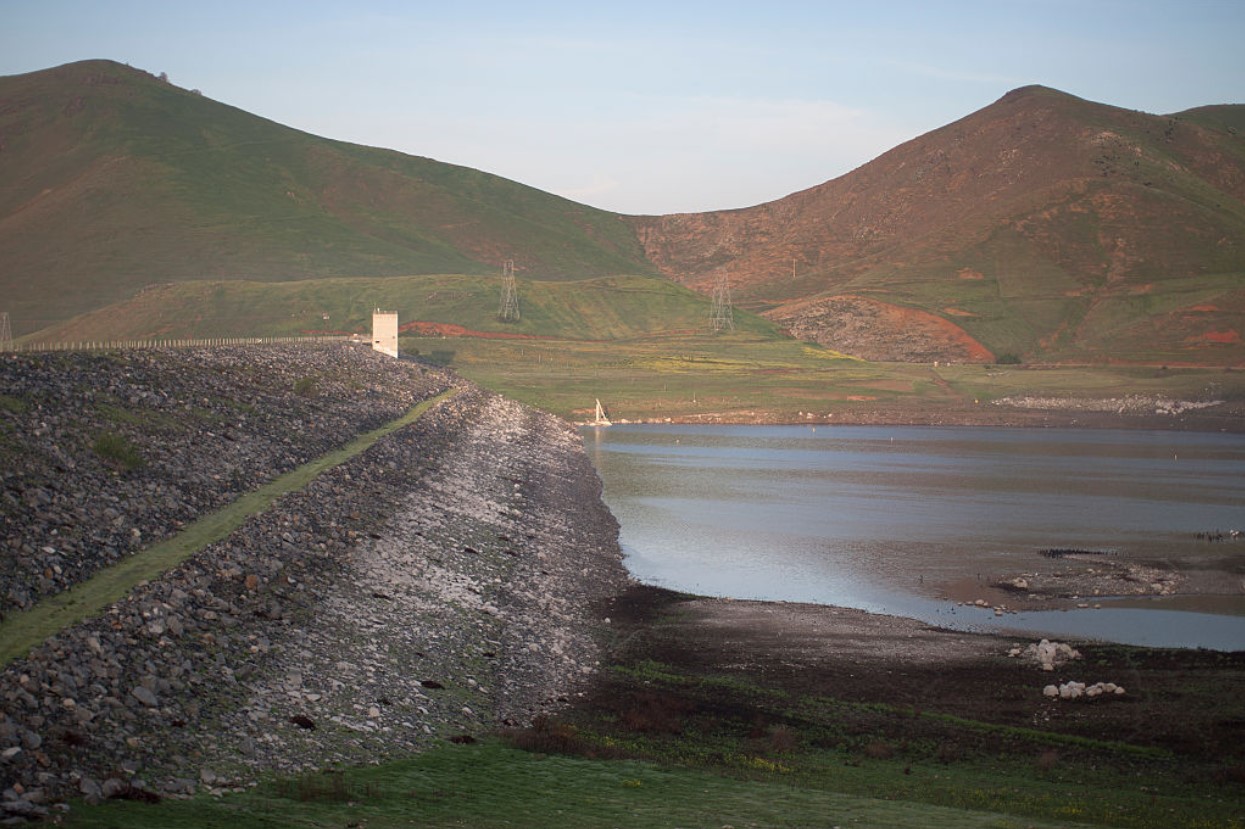
Source: David McNew/Getty Images
One aspect is certainly the growing population of the country and the planet, which leads to an increased need for drinking water. However, the bigger issue is that groundwater is being used for farming, specifically farming in dry areas.
Water Is Being Overused by Farms in Dry Regions
Historically, humans choose locations for farms based on water availability. Though because groundwater pumping is now common practice, crops can be sewn almost anywhere, and the water is transported in for irrigation.
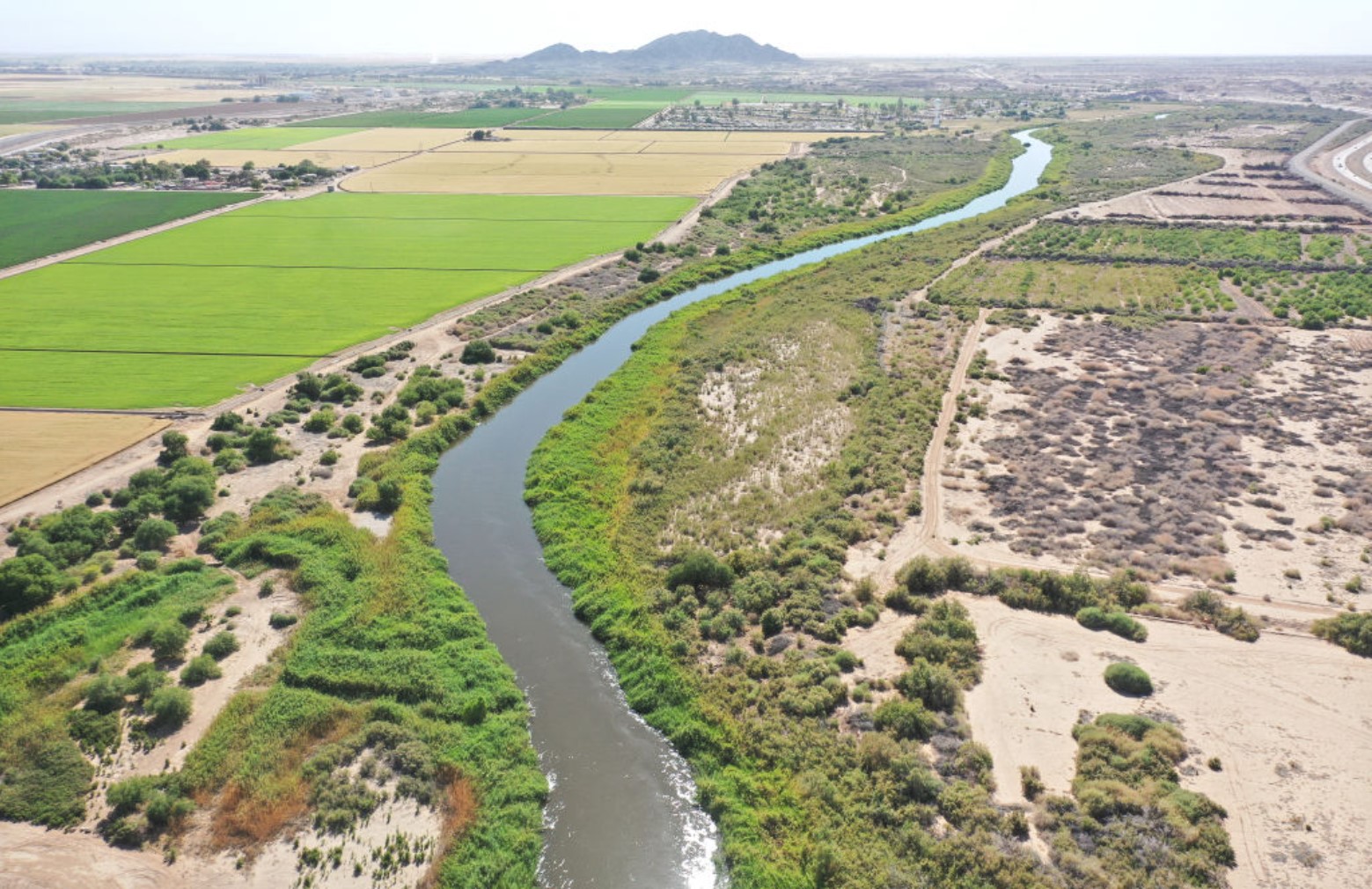
Source: Mario Tama/Getty Images
But this practice has become increasingly dangerous as researchers now know that groundwater is being overused to the point where the Earth may actually run out in certain regions, such as the American Southwest.
What Bodies Are Regulating Groundwater Use?
Many people paying attention to the growing groundwater issue wonder, “Who is regulating it?” But the truth is that the US federal government has almost no regulations regarding groundwater pumping.
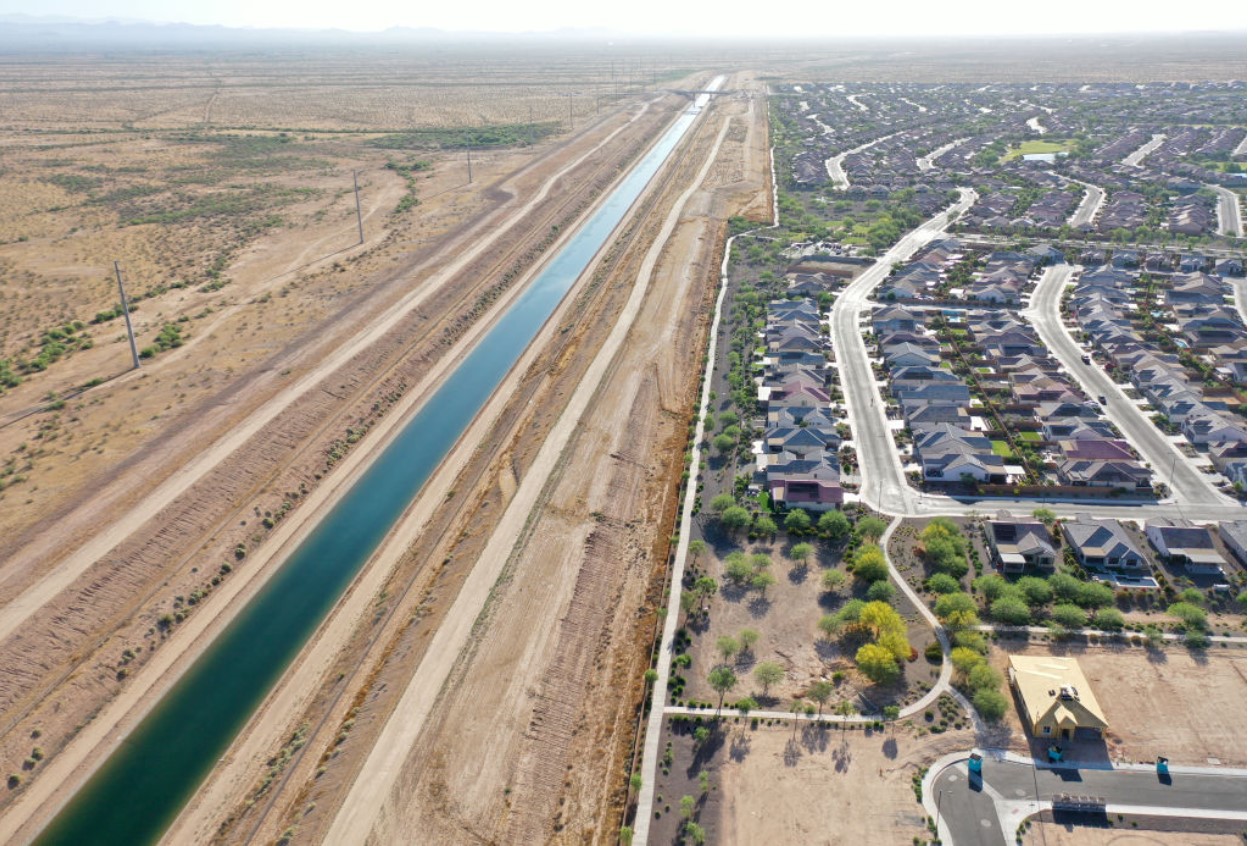
Source: Mario Tama/Getty Images
Technically, each state is in control of its own groundwater pumping and use. However, regulations differ from county to county, and overall, it seems no one is really watching, and there is no limit on how much water can be taken from the ground.
Climate Change Plays Large Role in the Groundwater Problem
While over-pumping is undoubtedly a huge problem, climate change is also playing a part in the groundwater crisis. Studies have shown that rivers around the country and the world are shrinking due to increasing temperatures, and the lack of fresh water above ground has led to pumping more from beneath the surface.
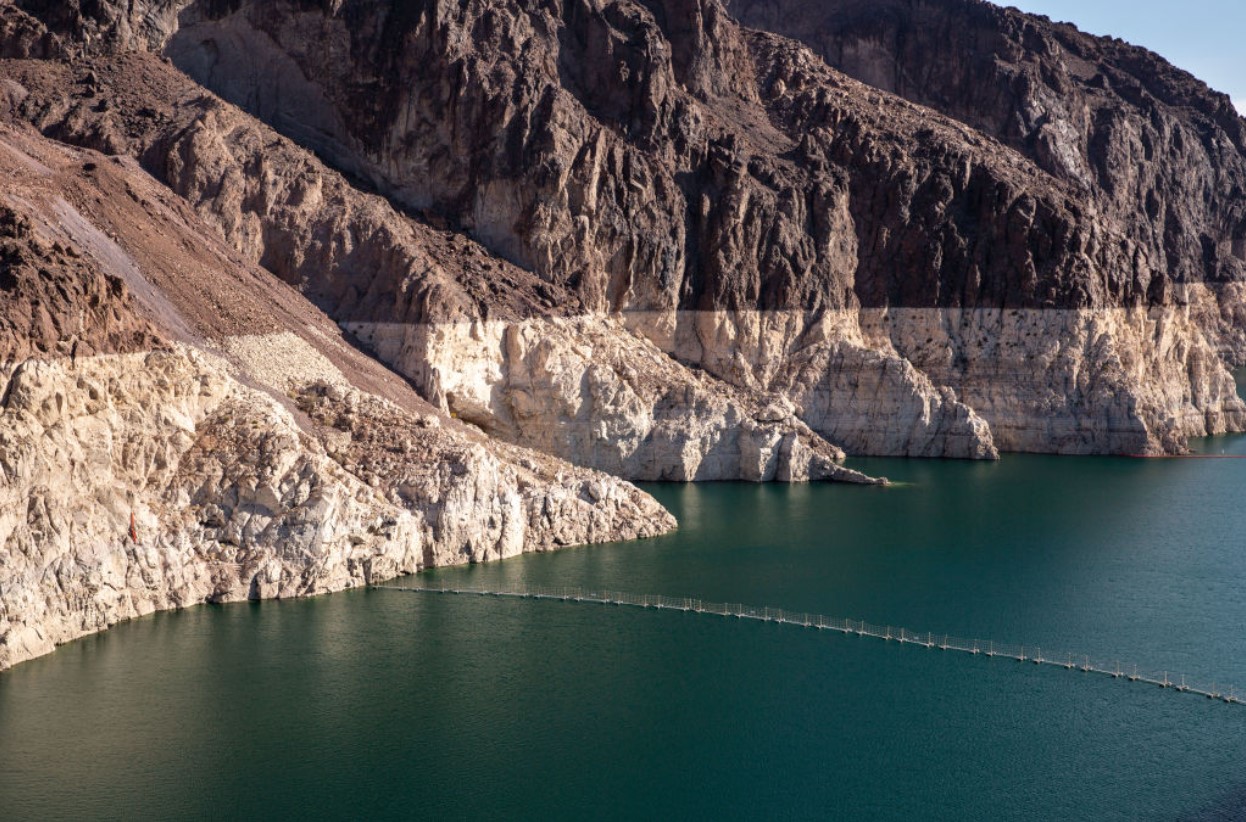
Source: George Rose/Getty Images
The Colorado River has historically supplied ample fresh water for farms throughout the Southwest, but now the famous river is in trouble. Its water has decreased by 20% since 2000, and experts believe it could fall another 10-40% by 2050.
Experts Report Some Areas Will Never Recover from Years of Over-Pumping
The New York Times has reported that many aquifers across the US, which supply 90% of water throughout the country, are essentially empty and are not likely to recover for hundreds or maybe even thousands of years.
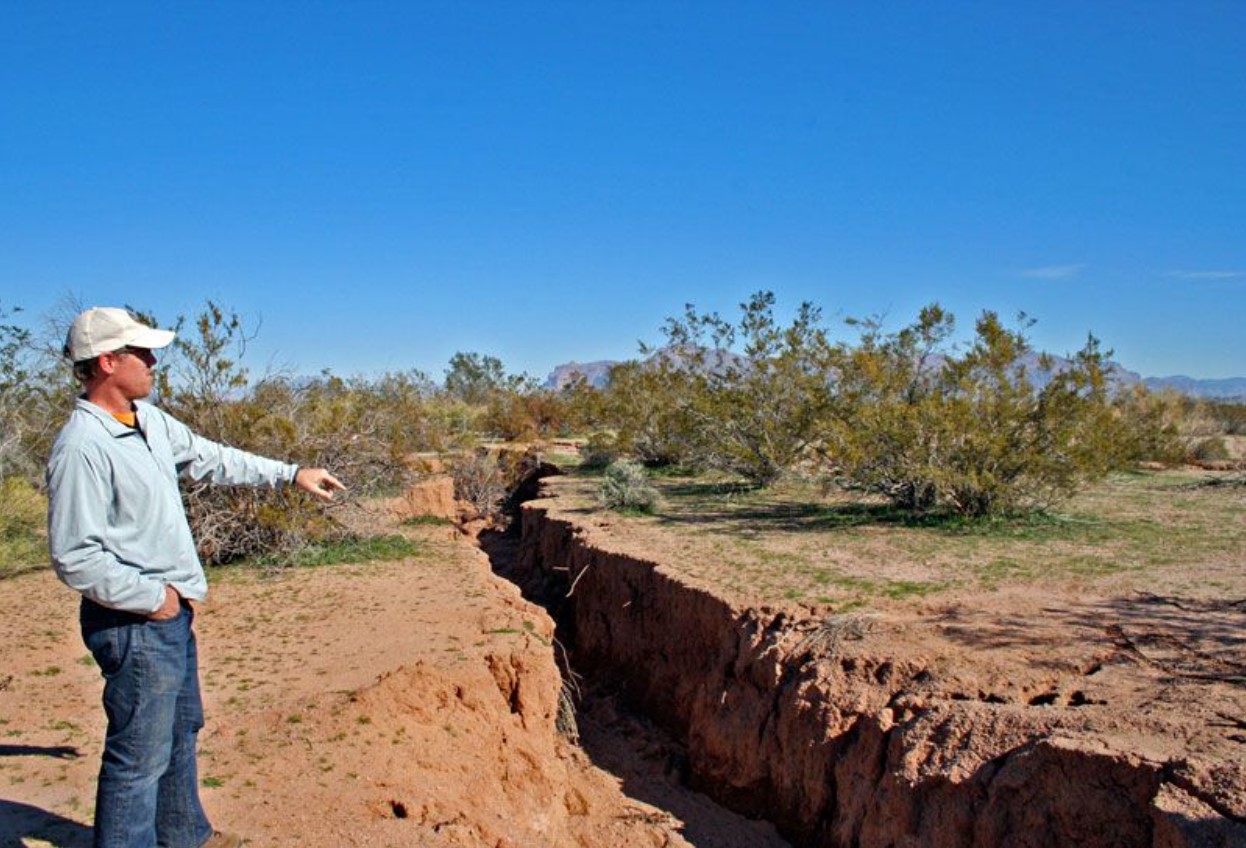
Source: Pinterest
Sadly, Joseph Cook reported the same thing about the aquifers he studies in Arizona. Cook told the press, “Basically, some of these basins in Arizona are so far beyond that point that it’s never going to bounce back.”
What Can We Do to Fix the Groundwater Problem?
It’s crucial that, as a global community, we do not use all of the groundwater the Earth provides and completely deplete this natural resource.
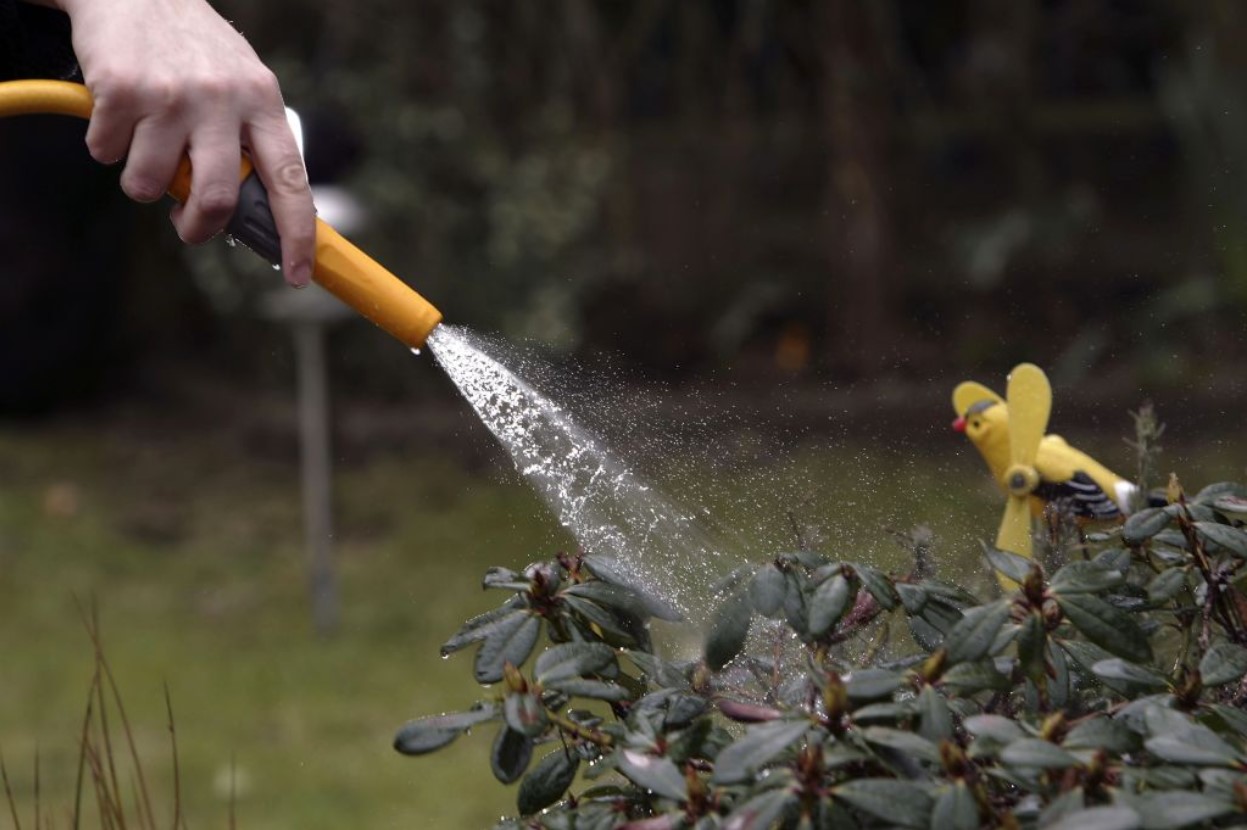
Source: Christopher Furlong/Getty Images
But unfortunately, there’s little that we can do as individuals. Change needs to happen at the state and federal level, new regulations need to be put in place, and general care for our aquifers needs to be wildly improved if we plan to leave some freshwater for posterity.
